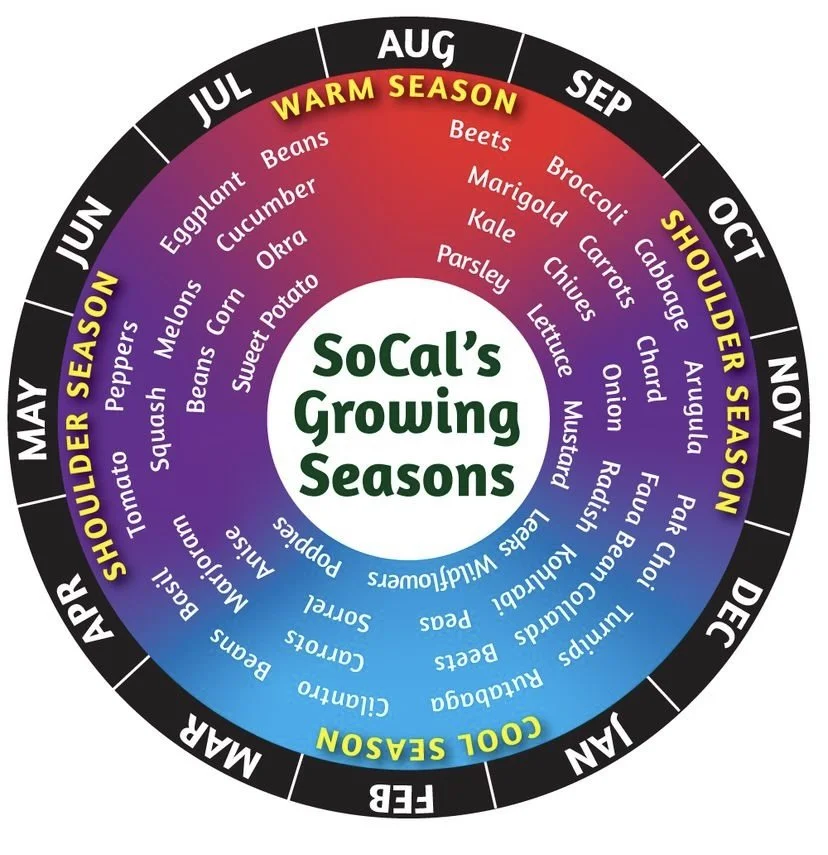Dry Bean Harvest
I am bedazzled by the Tiger’s Eye dry bean, though, admittedly, I’ve not cooked them yet. Here’s the description from Vermont Bean and Seed Company.
80-90 Day. Bush. Originally from Southern South America. This dry bean has a wonderful rich flavor and smooth texture. The skins are very tender and disappear when cooked making them great for refried beans or chili. Can be used as a fresh shell bean. Very productive on 24 inch plants.
Tiger’s Eye is just one of six dry beans I grew this summer. For the past four years I’ve had difficulty growing tomatoes in my garden with our trend to cool and foggy summers. But I can grow beans. Emerite pole green beans thrive as do a variety of bush beans. In 2022 I decided to try dry beans.
My dry bean harvests are small because my city vegetable garden consists primarily of four raised beds totaling 120 square feet. With half an acre, I’d be planting rows of dry beans!
I’ve written about cranberry beans after my first encounter with them in a Farmers Market Box from Specialty Produce. I wonder if it was their color or their history as a beloved heirloom in New England since the eighteenth century. I grew them for the first time in 2022 and saved seed for this year.
My cranberry bean harvest was abundant a year ago so I planted a 24 x 24 inch block this year with 2 ounces of saved seed. This year’s harvest, pictured above was 7 ounces. You might call these hobby beans—maybe a couple of dinners but I’ll savor them.
Cannellini beans are favorites and useful in our plant-based, Mediterranean diet. They did poorly last summer but I gave them another opportunity to prove themselves. The results were dismal—perhaps location related. One ounce of seed produced 3 ounces. I have other beans that were very productive to take their place next year.
Renee’s Garden offers Heirloom Dry Beans, Soup Mix Blend. The seed packet lists equal parts of Painted Pony, Hidatsa Red Indian, Yellow Indian Woman and Jacob’s Cattle beans. To give them a fair chance, I planted 10 seeds of each in a 1 x 4 foot area. Two beans did very well and two harvests were quite meager.
The Jacob’s Cattle Gold beans will not make the cut for next year but should be nice in a winter bean soup. Ditto Hidatsa Red Indian beans.
Yellow Indian Woman beans, (also known as Buckeye by Rancho Gordo) on the dinner plate above is 3 ounces from just 10 seeds. These were the most productive of the soup mix beans. If they cook up well and we like them, I’ll definitely plant a large area next year.
Considering the yields from 12 square feet, I plan to at least double the area devoted to dry beans next year.
My Dry Bean Sources
Cranberry Beans—Territorial Seed Co. (These were all dark red. Some seed companies only offer the predominately white cranberry beans splashed with red).
Cannellini Beans—Territorial Seed Co.
Heirloom Dry Beans, Soup Mix Blend—Renee’s Garden
Source for Tiger’s Eye Beans—Vermont Bean and Seed Co. and Seed Savers Exchange.
Check out other dry bean seed sources such as Seed Savers Exchange, Vermont Bean and Seed Co. and Fedco Seeds,
Sample beans you might like to grow by ordering from Rancho Gordo. I found their method for cooking dry beans humorous and helpful.
Check the What I’m Planting Now page as I transplant and sow seeds for the cool season garden. Then head today to Harvest Monday, hosted by Dave at Happy Acres blog and see what garden bloggers around the world harvested last week.
To leave a comment, click on “Leave a comment/Show comments,” enter the comment, then insert your name. Finally, click on “Comment as Guest” to post comment.










